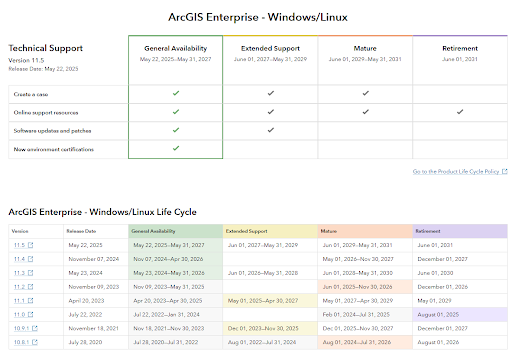From Cartography 101 to the Real World
- Jan 25, 2024
- 2 min read
I have been fortunate to have a lifelong career in mapping and GIS. During those 37+ years, I have been part of a multitude of technology platforms, changes, and challenges. This blog series will provide a history of some of the technologies and resulting change in business practices.
After graduating from the University of Minnesota with a degree in Geography, I took a job doing manual drafting for an aerial survey company in suburban Minneapolis. Under a big contract with the Defense Department, the company ran three shifts of map compilers just to meet contract deadlines. The job involved augmenting contour maps before scanning, tagging (assigning elevations to index contours), and vectorization.
The Process
Paper contour maps were burned onto large sheets of scribecoat. Because the scanning technology could not always read contours effectively, entry-level mapping technicians like me were tasked with scribing supplemental contours to the maps to build cleaner terrain files. The process was labor-intensive but provided a great introduction to the future of digital mapping.
It was cutting-edge technology at the time (1985) and was my first exposure to the many acronyms found in GIS and mapping. The first acronyms I learned were: DTED (Digital Terrain Elevation Data) and DFAD (Digital Feature Analysis Data). DTED represented the surface topography and the DFAD represented cultural data (buildings, streams, etc.) The Defense Department contracted the mapping of this 3D data to the point that we even had a separate compilation area where security clearance was necessary. Staff with clearance worked behind a curtained area that lightheartedly became referred to as the “Iron Curtain.”
The Future was CADD

While the entire process was fascinating to someone just out of college who was used to working with technical pens, Leroy lettering sets, and peel-off Zipatone, what caught my interest the most was a large, hulking, Intergraph CADD machine that was used to post-process the data. It was fascinating to see a map projected and interacted with on a black and white screen. Little did I know how many hours I would spend operating one of those at my next job. But more on that in my next blog post.
Looking Back to See the Future
This first introduction to high-tech mapping was fairly eye-opening for me. I doubt that anyone at the time could have predicted that one day we would be carrying phones with thousands of times more computing power than that entire company had in their climate-controlled data center. Neither would they have guessed that these phones would be capable of launching 3D mapping applications and accessing data across the globe. Sometimes we need to look back to see how far we’ve come.
For more information on our services and solutions, contact our team.


